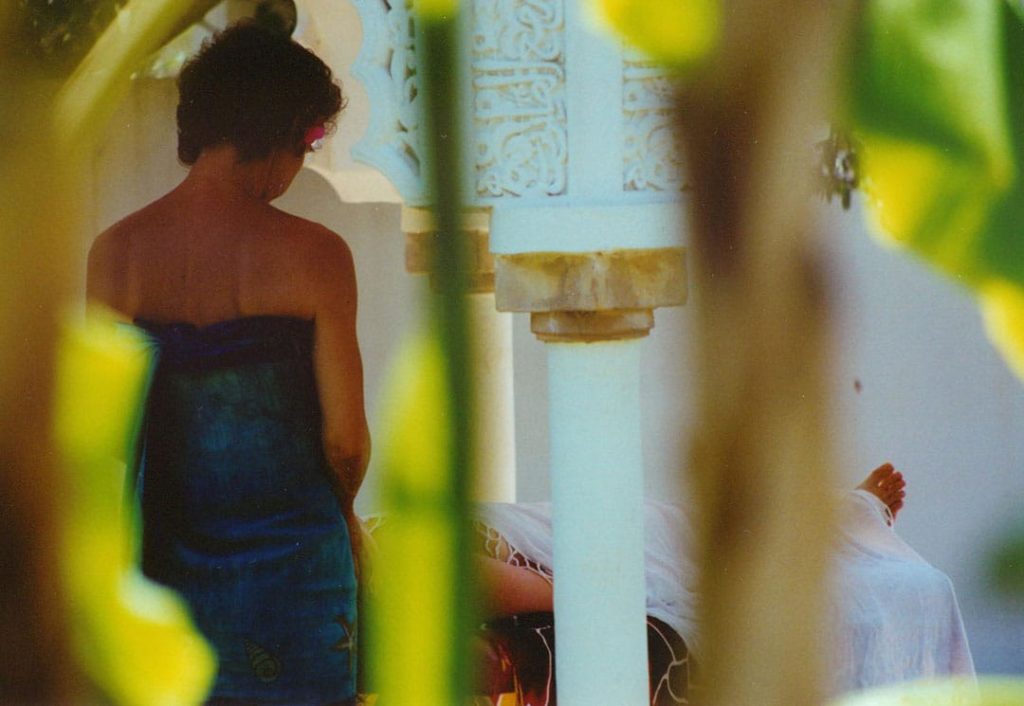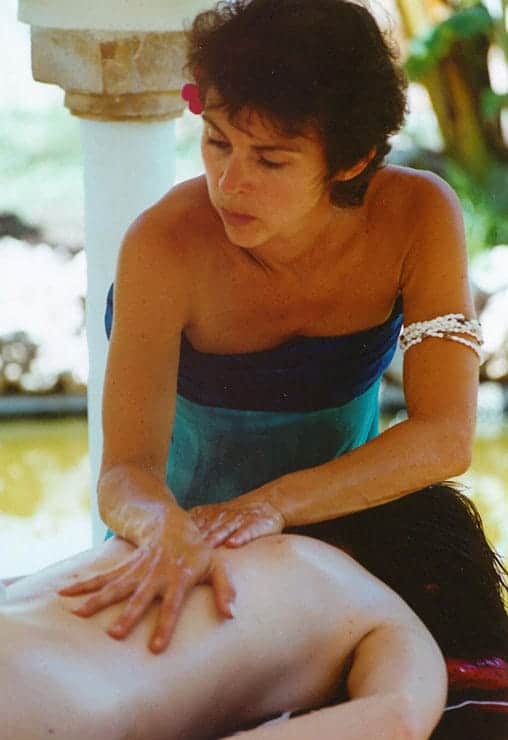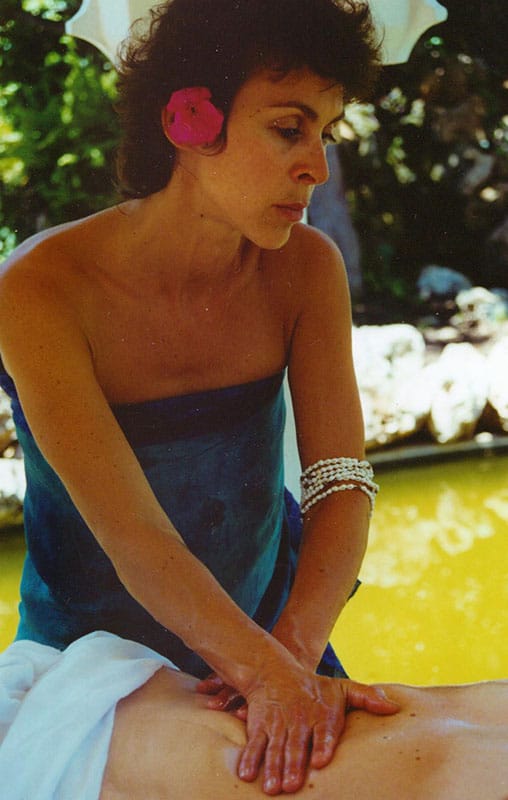Stay in Touch
from time to time we send out a newsletter to keep you up to date.
"*" indicates required fields
In 1995 the first article in Germany and Europe about the Hawaiian massage art Lomi Lomi Nui – the experience report of a journalist from a treatment of Susan Floyd & Margarete Bundschu – appeared in the magazine marie – claire 1995/1
There are days that are simply under a better star. Today, for example. A call from the newsroom with a very tempting assignment. I am supposed to report about a special massage from Hawaii. It is called Lomi-Lomi Nui – or Lomi Lomi, has recently been offered in Germany and is sometimes performed by two or even three therapists at the same time.
One more look at the medical dictionary before I start. There it says richly martial, massage is a “mechanical action on skin and tissue with the use of kneading, tapping and clapping”. Sounds more like physical exercise than a pleasurable experience. I wonder if the people of Hawaii also just “tap” and “clap”? A practice in a suburb in the south of Munich was given to me as an address.




For me, it took a little more than two hours. Very slowly, I come back into the room. I’m back in Munich and not somewhere in the floods of my oceanic feelings. Glances at the faces of Susan and Margaret. They look very refreshed and rosy. Not a bit tense or tired from work. “This is the invigorating effect of Mana,” say Susan & Margaret.
In order not to tense up during Lomi Lomi Nui, but to remain open to mana themselves, Susan and Margarete never stand still during the massage (are constantly in motion, moving pelvis and hips in the soft, rhythmic loops of the hula dance. I couldn’t see that behind my closed eyes, but somehow I could feel it. Like a living vibration that was transmitted to my body.
I also got to know a second great principle of life in Hawaii: Aloha. In no second were the hands that touched me “empty”. And the people to whom these hands belong always had their thoughts with me, never anywhere else. More than two hours all to myself. This is Aloha, a term that is often translated as “love”. But literally it means: To love is to be happy with what is! And also: The joyful sharing of life energy in the present moment! That is a fitting paraphrase of my touching experience with Susan and Margaret! Thank you & ALOHA!
The islands of Hawaii (twenty major ones and many island splinters), although now part of the United States, were originally part of the vast ancient island culture of Polynesia. New Zealand, Tahiti, Easter Island and Samoa are also included. According to their tradition, the Hawaiians (like other indigenous cultures as well) received their knowledge and philosophy of life (Huna) long ago “from the stars” – from highly evolved visitors from distant galaxies. This knowledge was guarded for thousands of years by the Kahunas (nature-based sages and healers). After the discovery by James Cook (1778) began the rule of the whites (first the English, then the Americans). Huna was ruthlessly fought by Christian missionaries as “black magic” and forced underground. Thus, until the 1980s, Hawaiians were forbidden to speak their language and perform their rituals – just like North American Indians. Today, however, indigenous cultures are experiencing something of a renaissance. Kahuna bodywork is also being taught and practiced publicly again in Hawaii.
from time to time we send out a newsletter to keep you up to date.
"*" indicates required fields
Institut Hawaii
Margarete & Christoph Bundschu
+49 (0)89 854 45 93 | +49 (0)176 321 44 210 | romi@instituthawaii.de